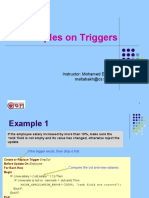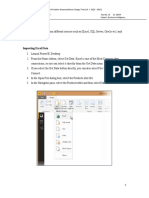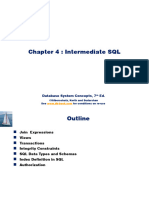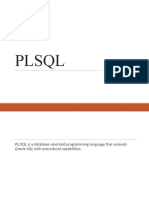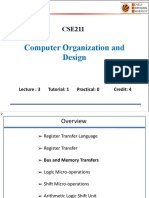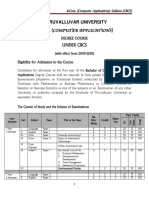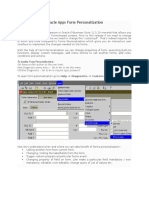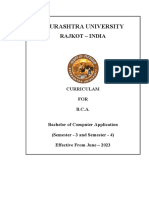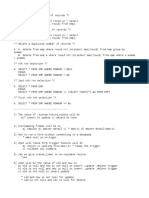0% found this document useful (0 votes)
111 views110 pagesUNIT5 - PLSQL Introduction 1
Here is a PL/SQL program to add two numbers:
DECLARE
num1 NUMBER := 10;
num2 NUMBER := 20;
sum NUMBER;
BEGIN
sum := num1 + num2;
DBMS_OUTPUT.PUT_LINE('The sum is: ' || sum);
END;
This program declares two numeric variables num1 and num2 and initializes them to 10 and 20 respectively. It then declares a variable sum to hold the result of adding num1 and num2. The addition is performed using the + operator and the result is assigned to the sum variable. Finally, it displays the sum using DBMS_OUTPUT.PUT_LINE to print the message and the sum variable.
Uploaded by
Anish KumarCopyright
© © All Rights Reserved
We take content rights seriously. If you suspect this is your content, claim it here.
Available Formats
Download as PPTX, PDF, TXT or read online on Scribd
0% found this document useful (0 votes)
111 views110 pagesUNIT5 - PLSQL Introduction 1
Here is a PL/SQL program to add two numbers:
DECLARE
num1 NUMBER := 10;
num2 NUMBER := 20;
sum NUMBER;
BEGIN
sum := num1 + num2;
DBMS_OUTPUT.PUT_LINE('The sum is: ' || sum);
END;
This program declares two numeric variables num1 and num2 and initializes them to 10 and 20 respectively. It then declares a variable sum to hold the result of adding num1 and num2. The addition is performed using the + operator and the result is assigned to the sum variable. Finally, it displays the sum using DBMS_OUTPUT.PUT_LINE to print the message and the sum variable.
Uploaded by
Anish KumarCopyright
© © All Rights Reserved
We take content rights seriously. If you suspect this is your content, claim it here.
Available Formats
Download as PPTX, PDF, TXT or read online on Scribd
/ 110
